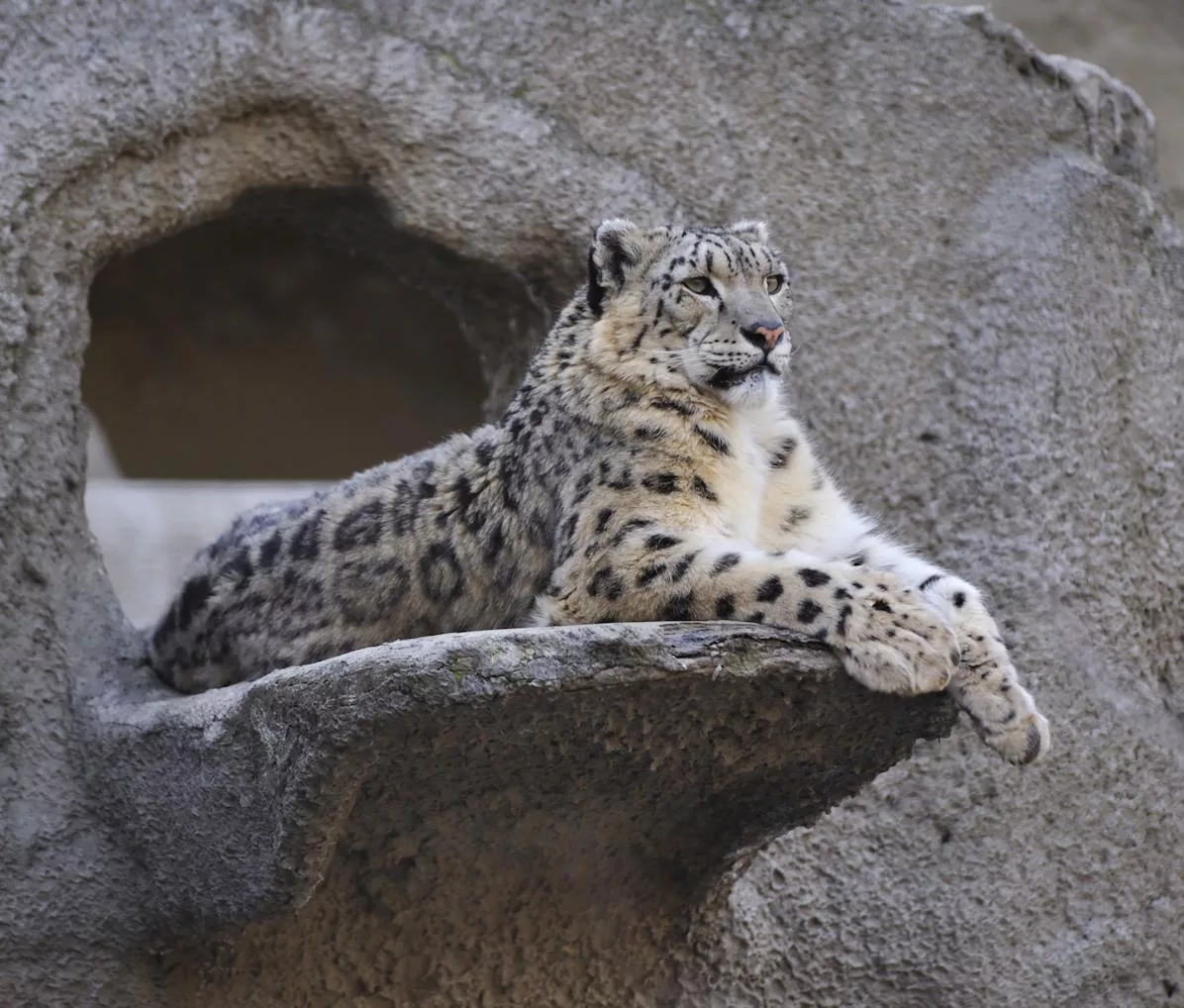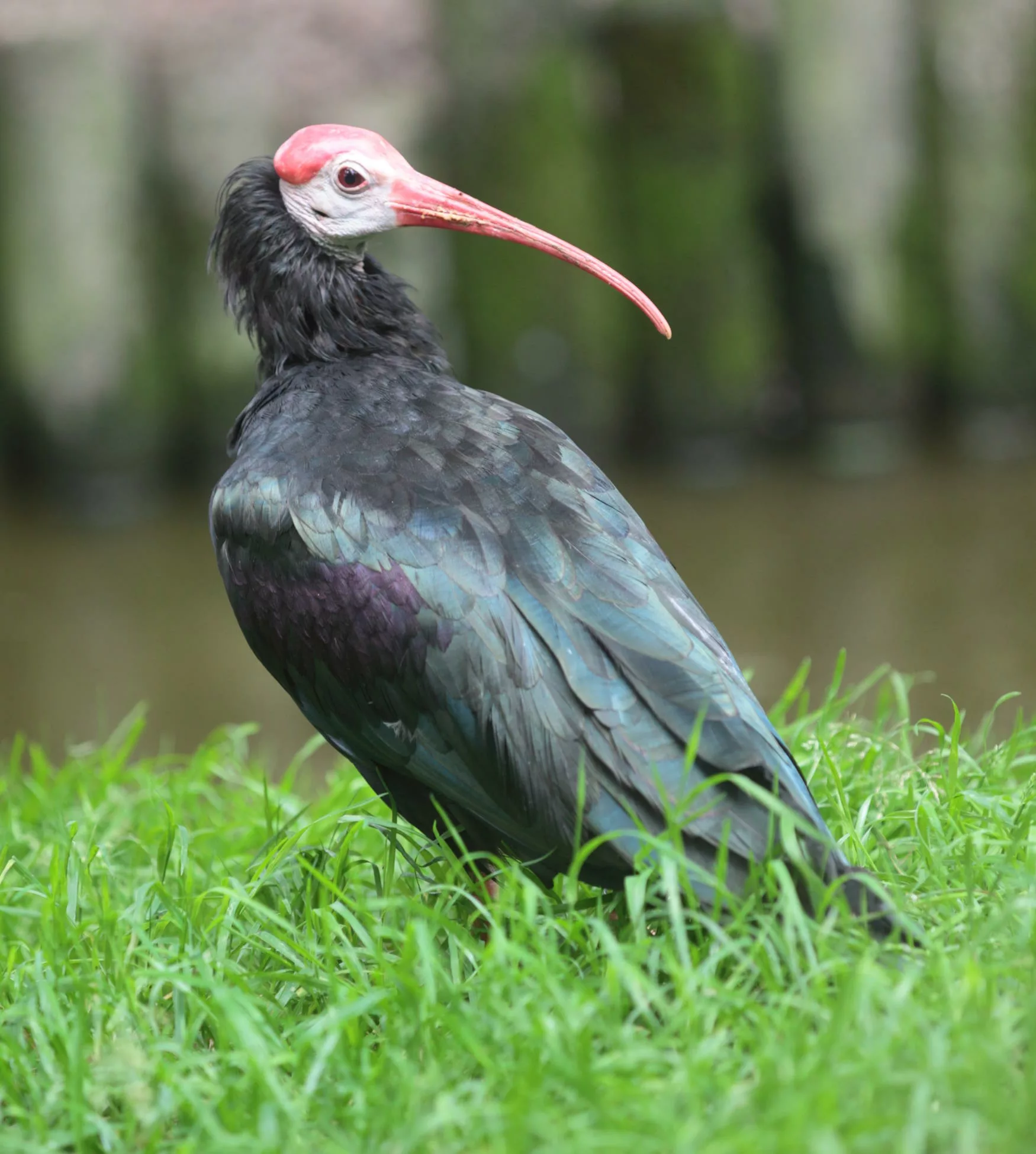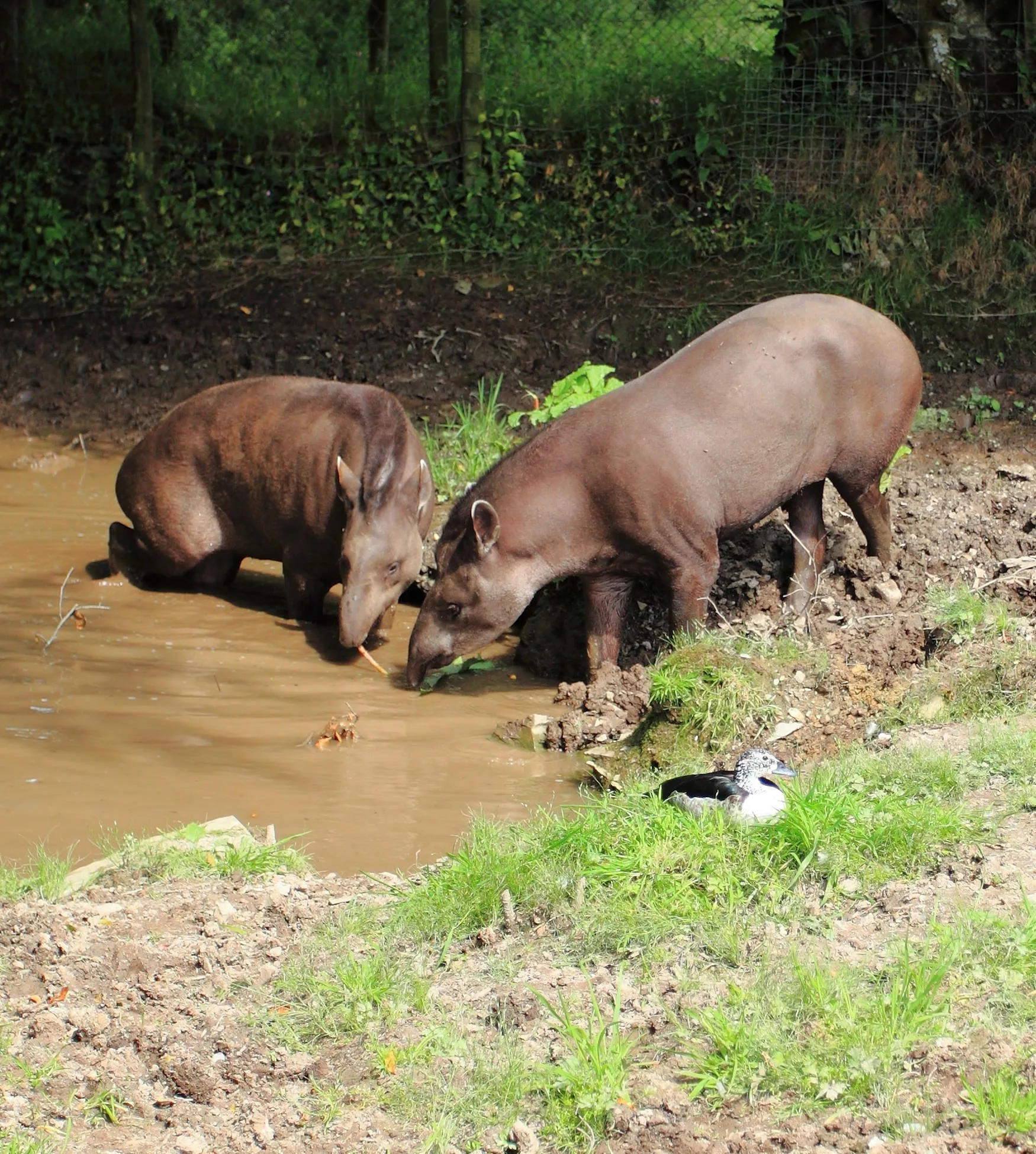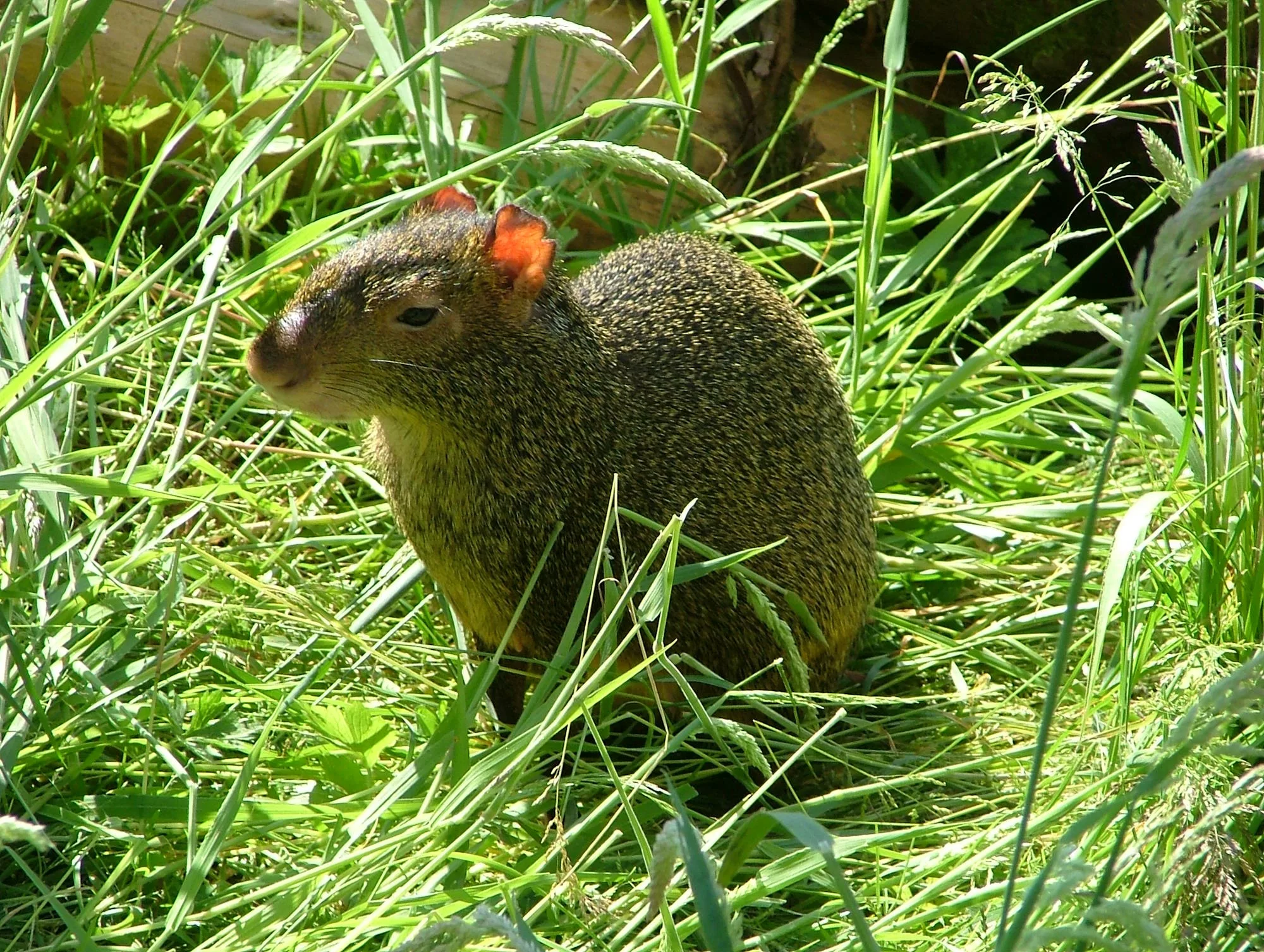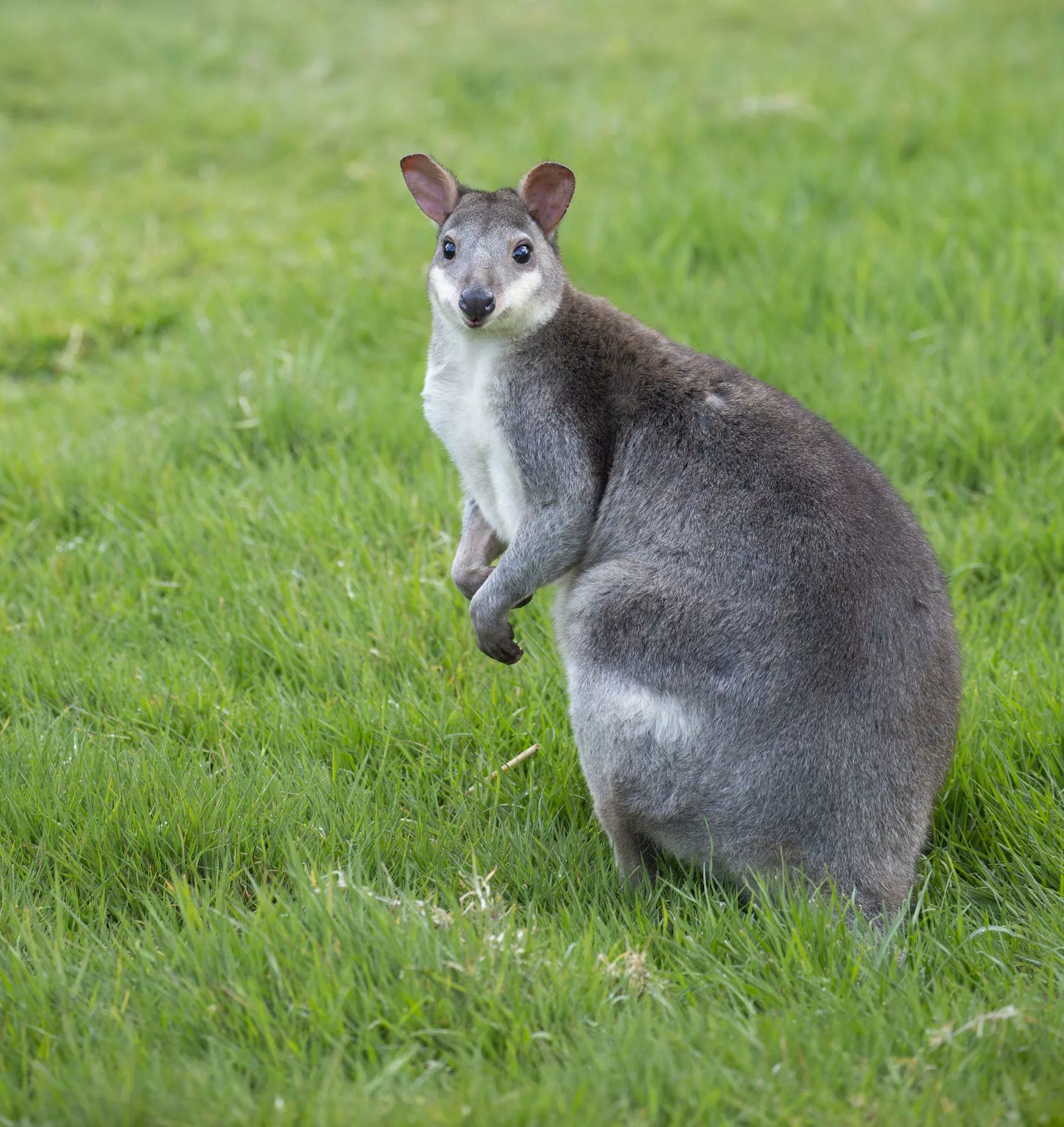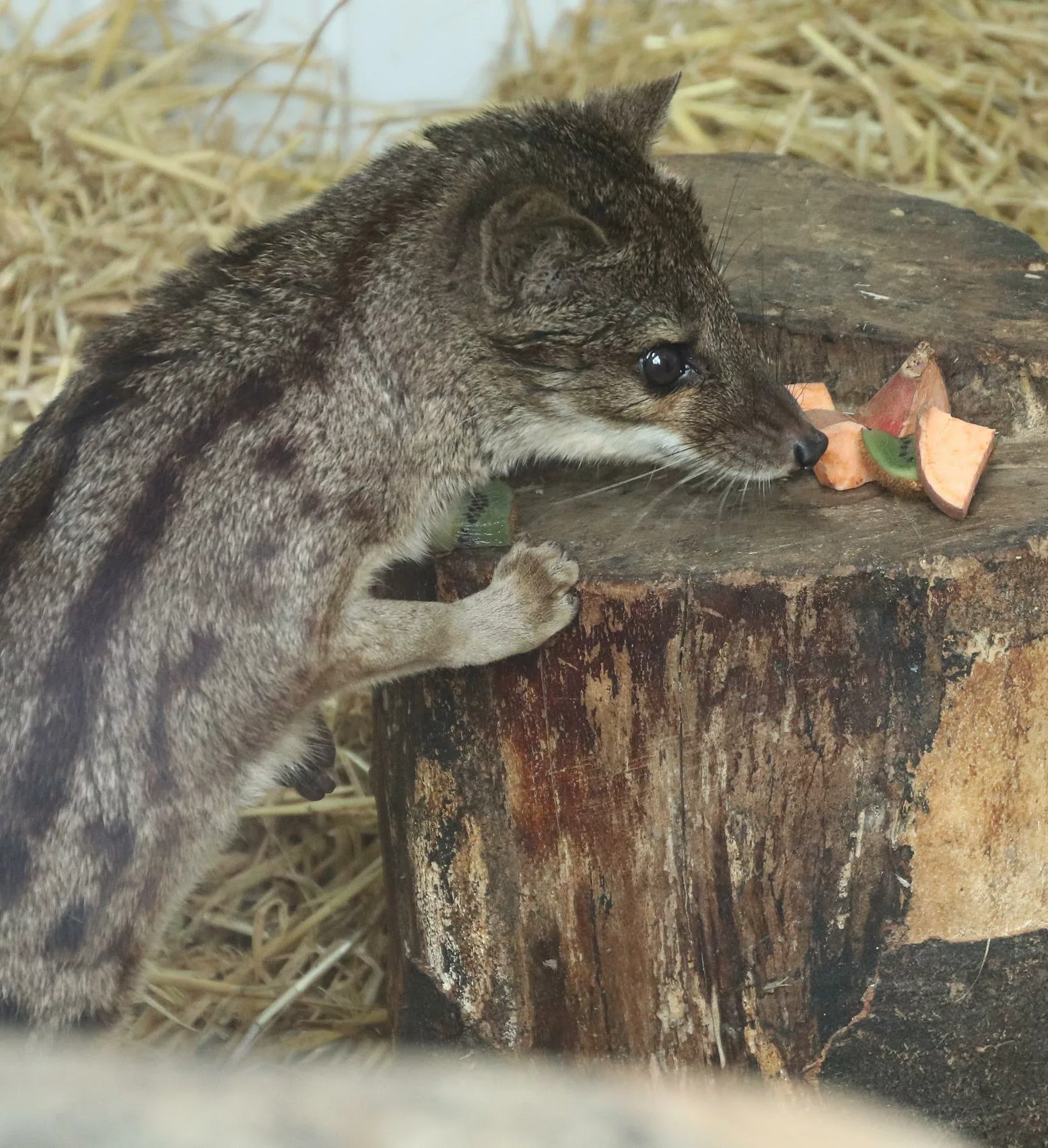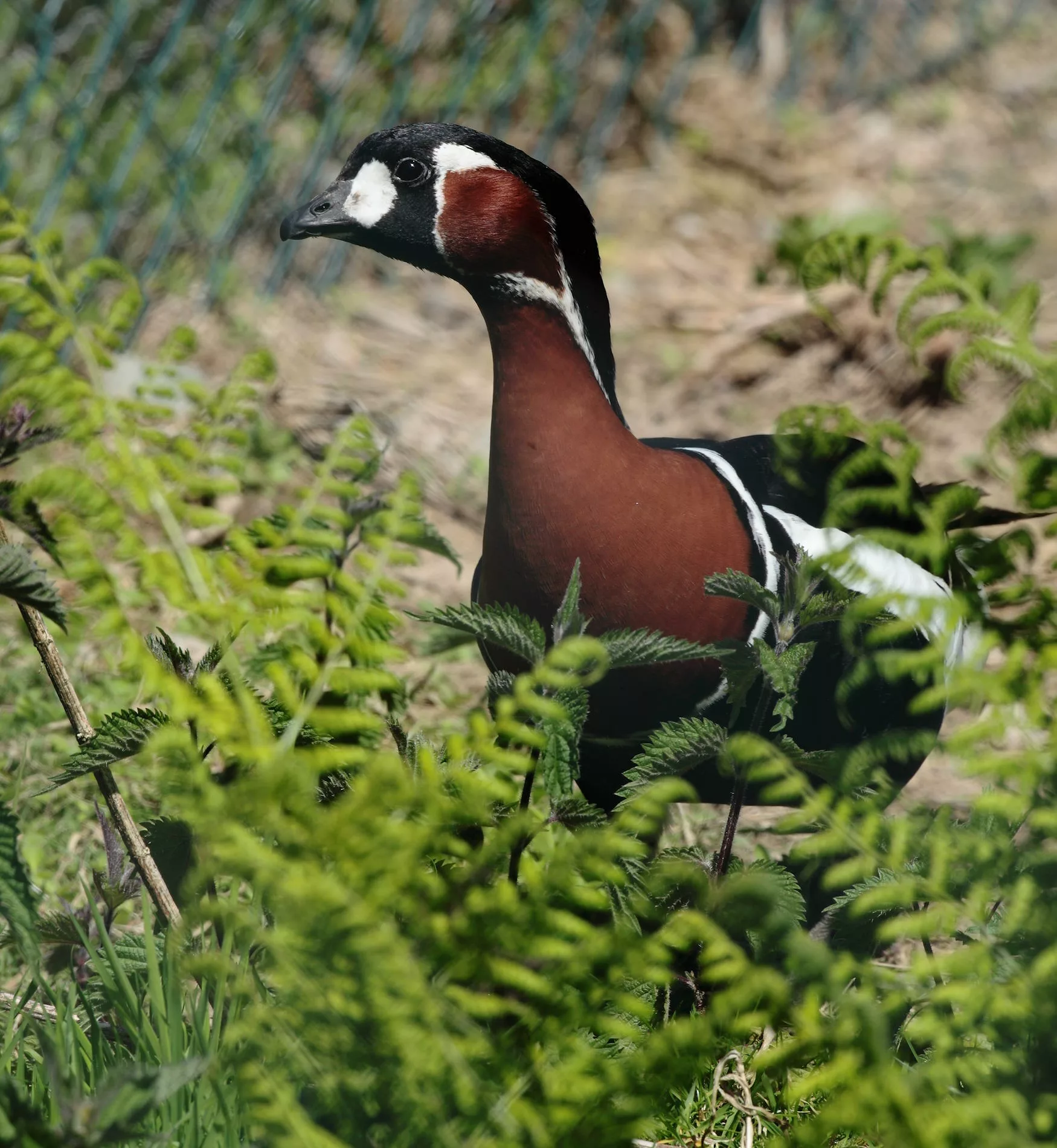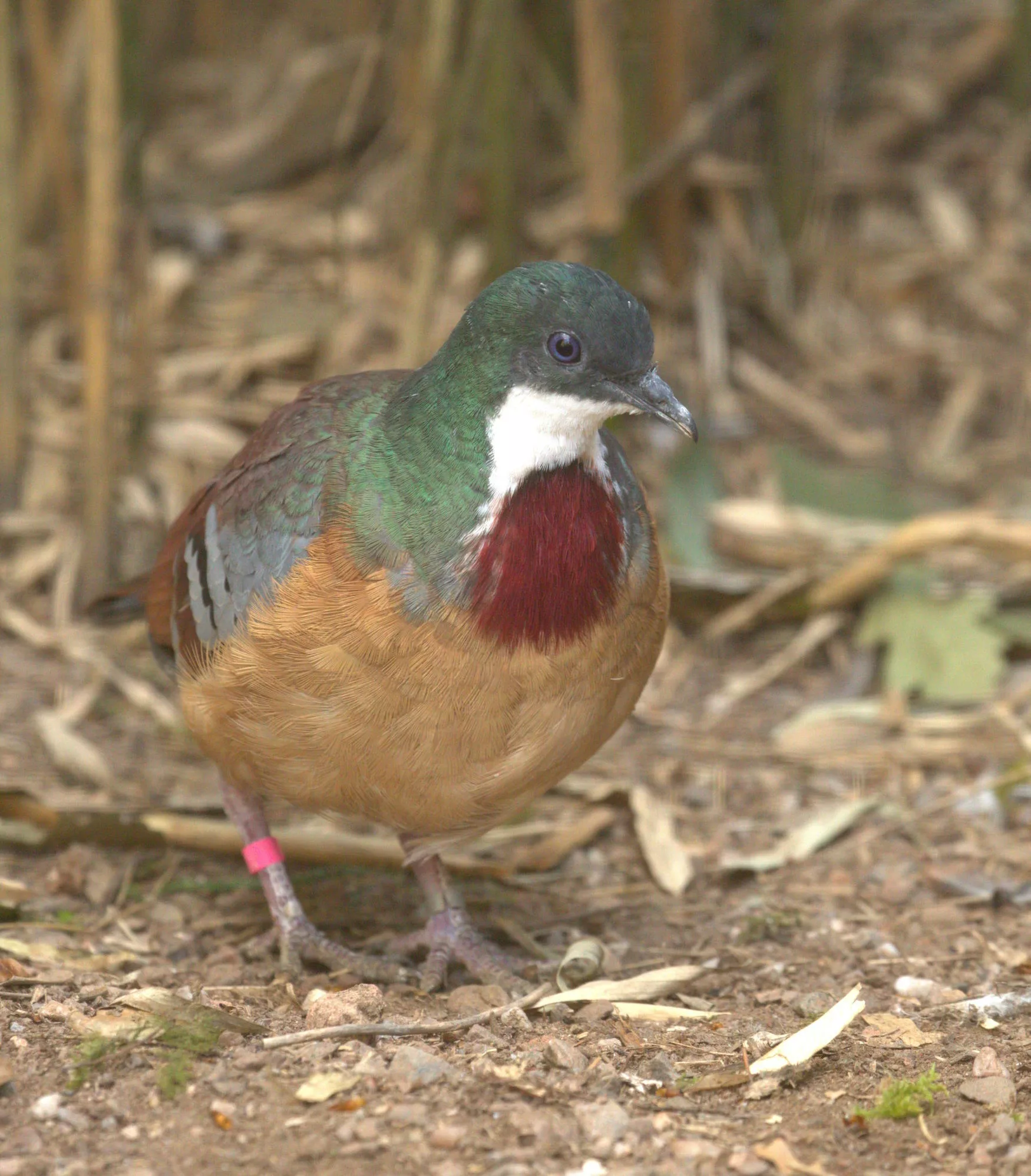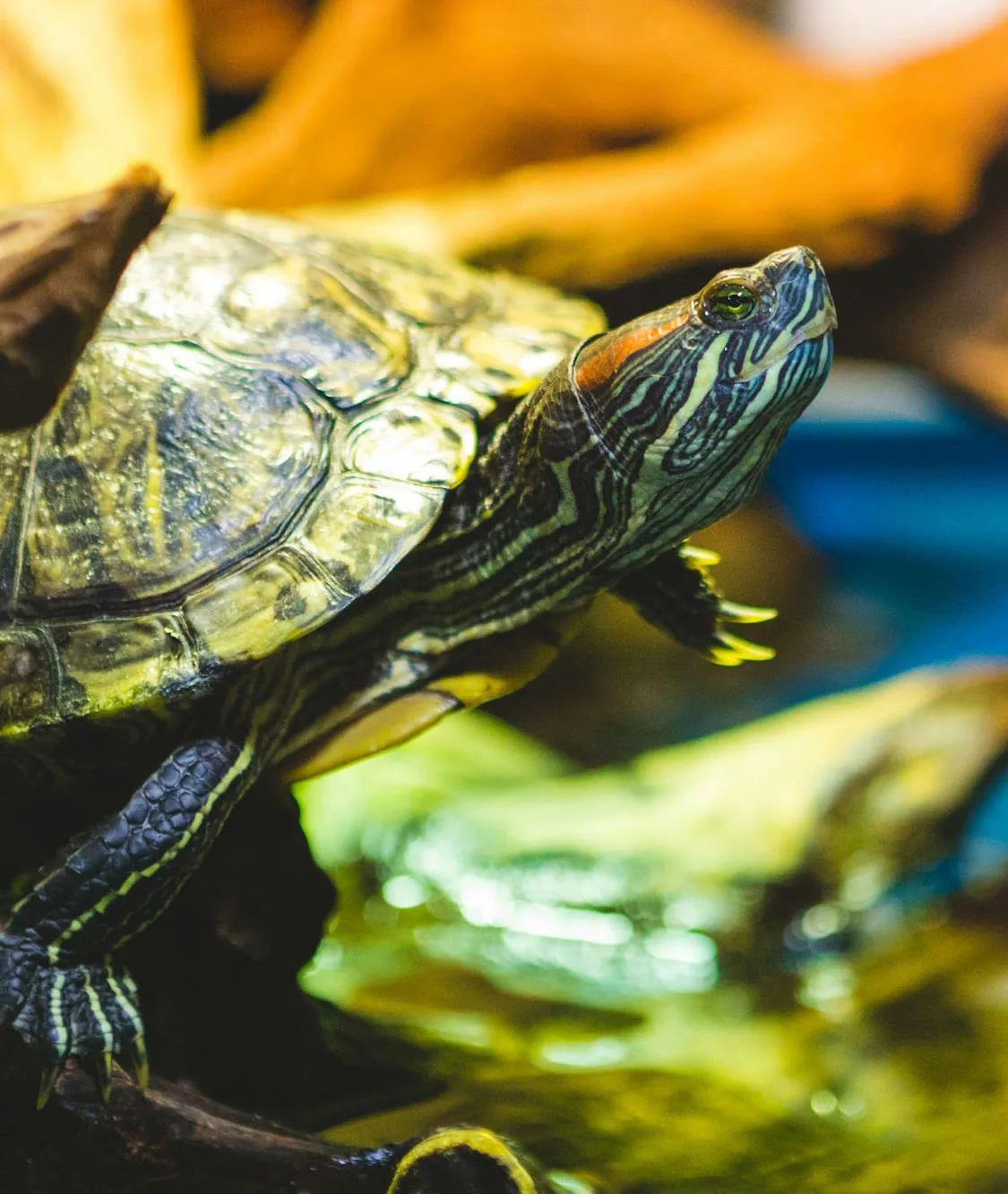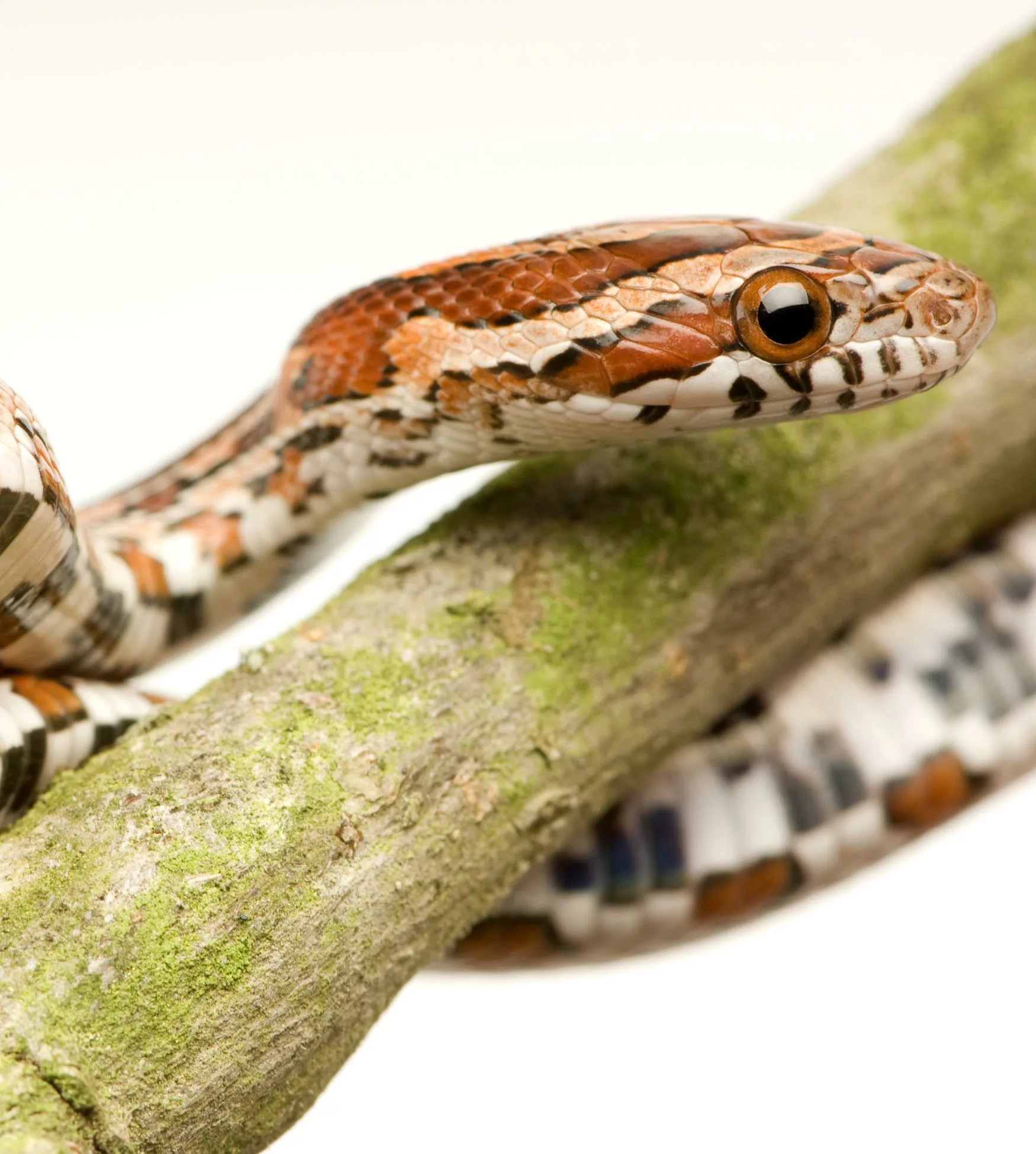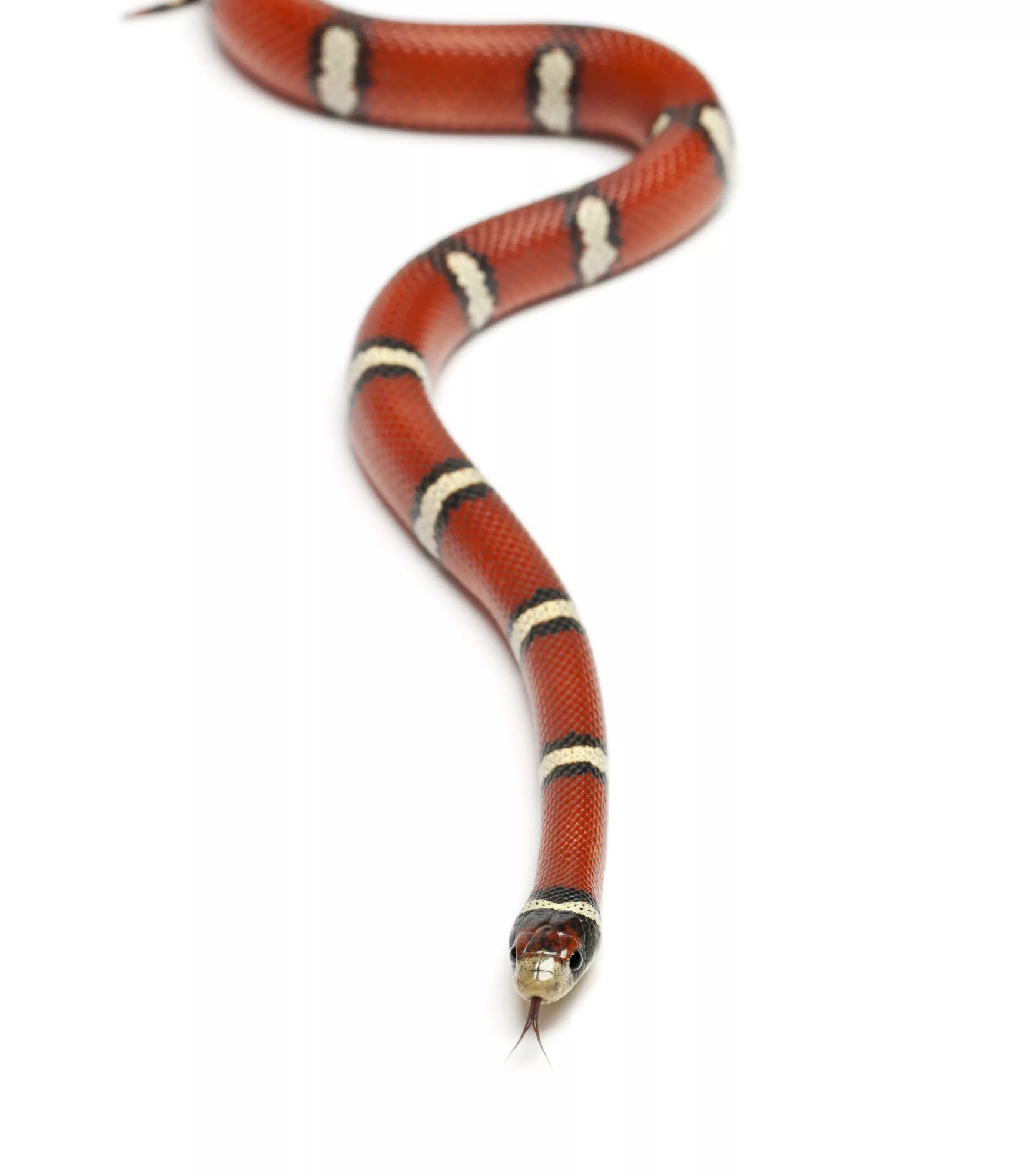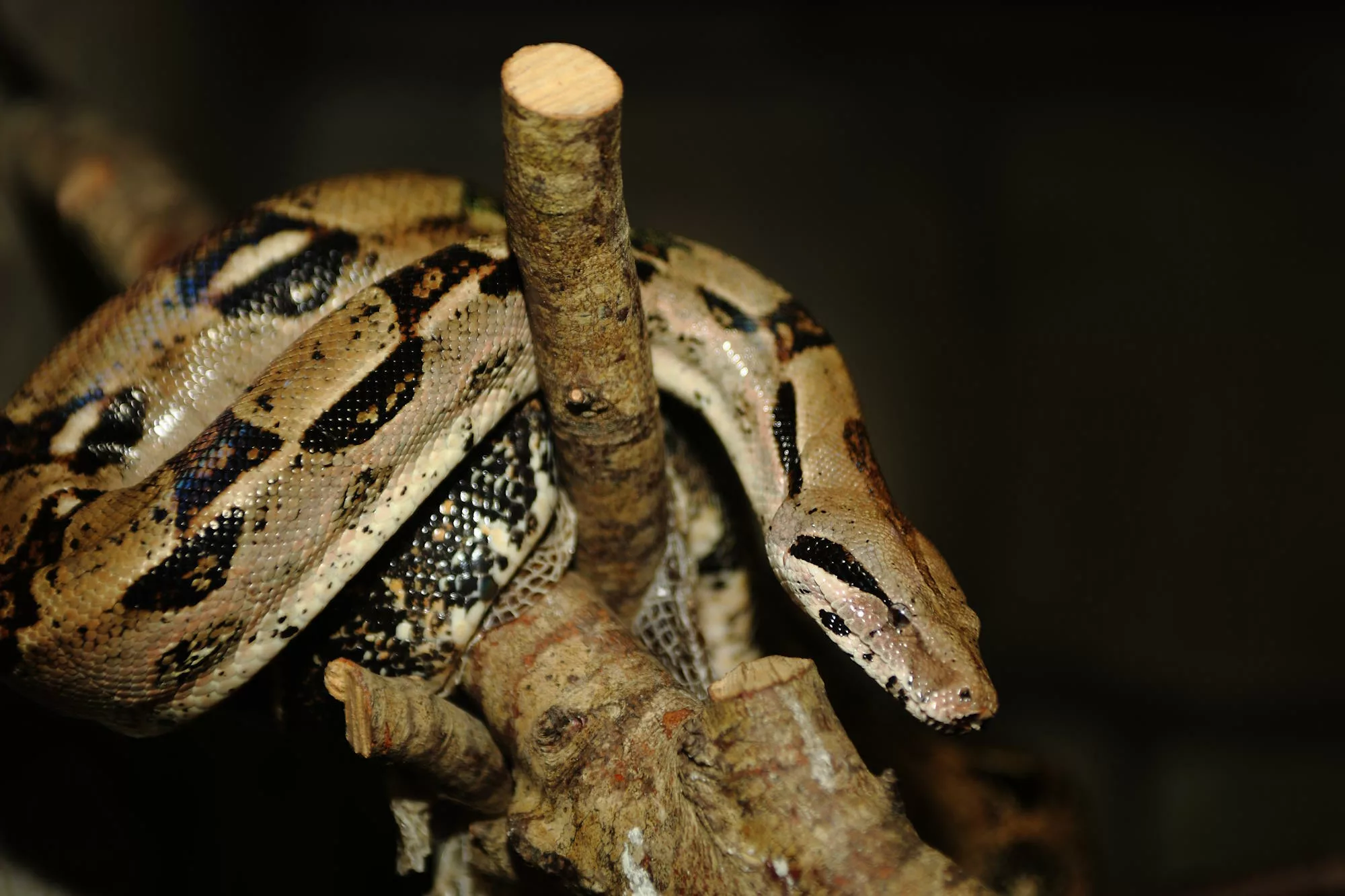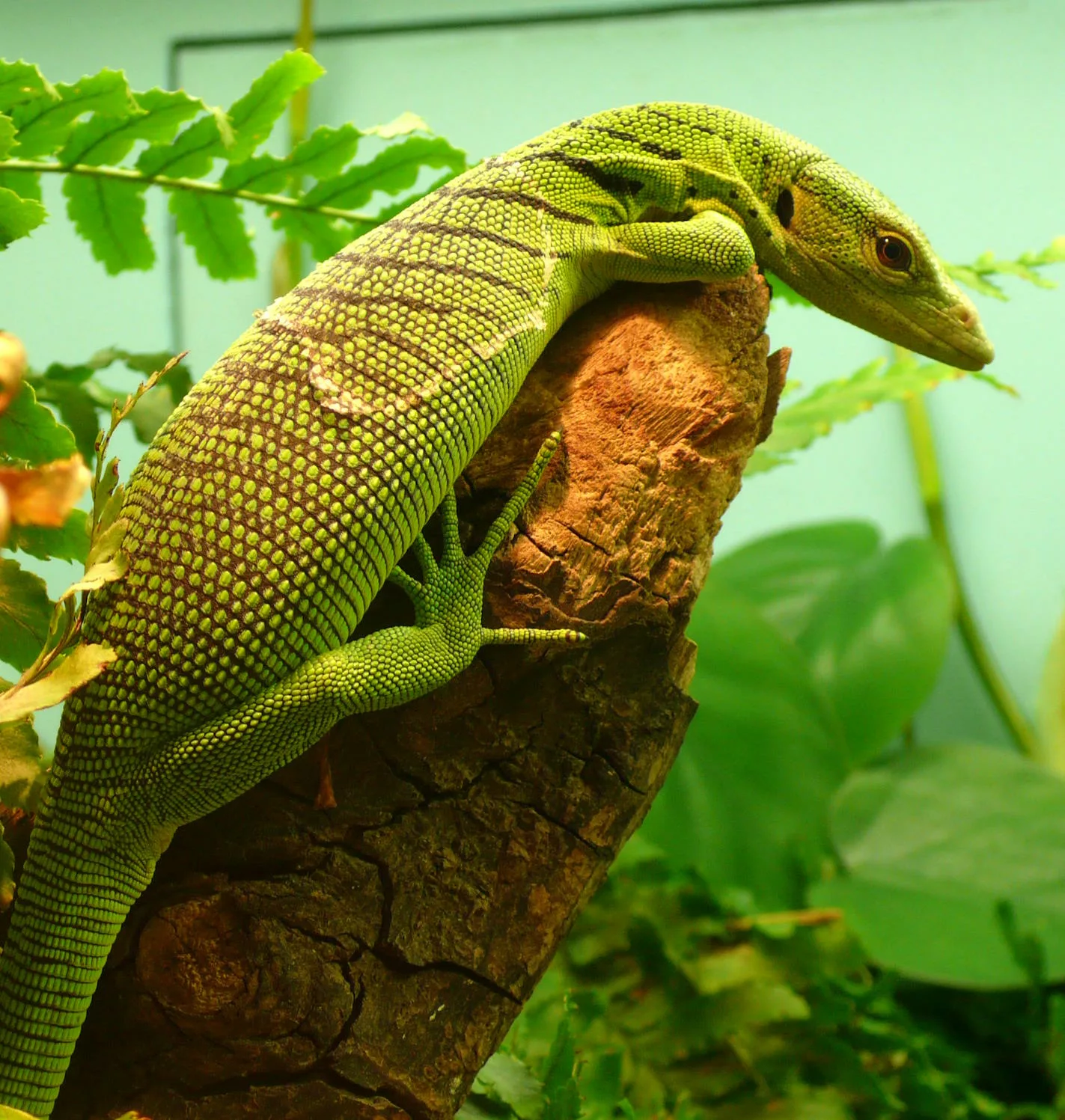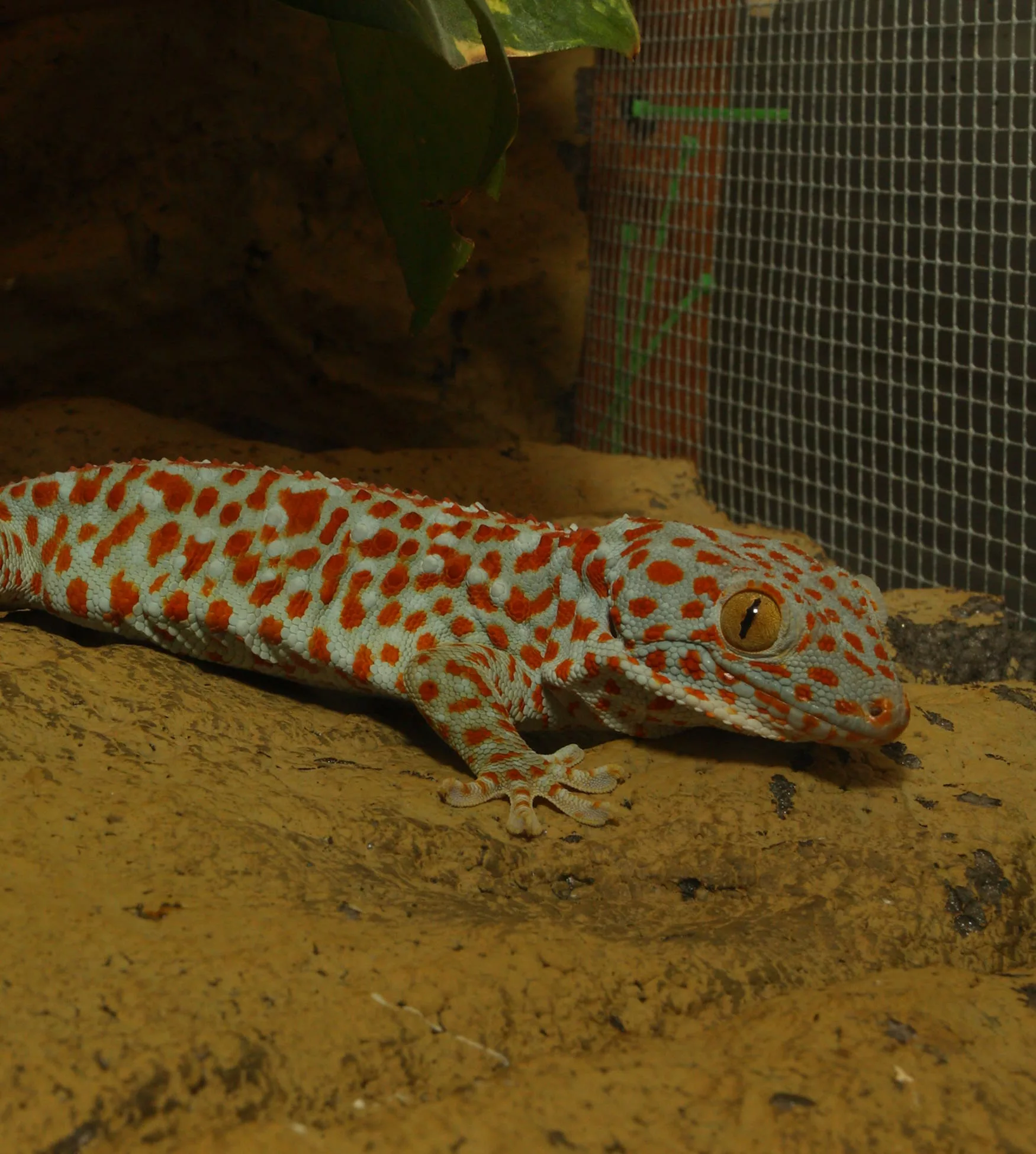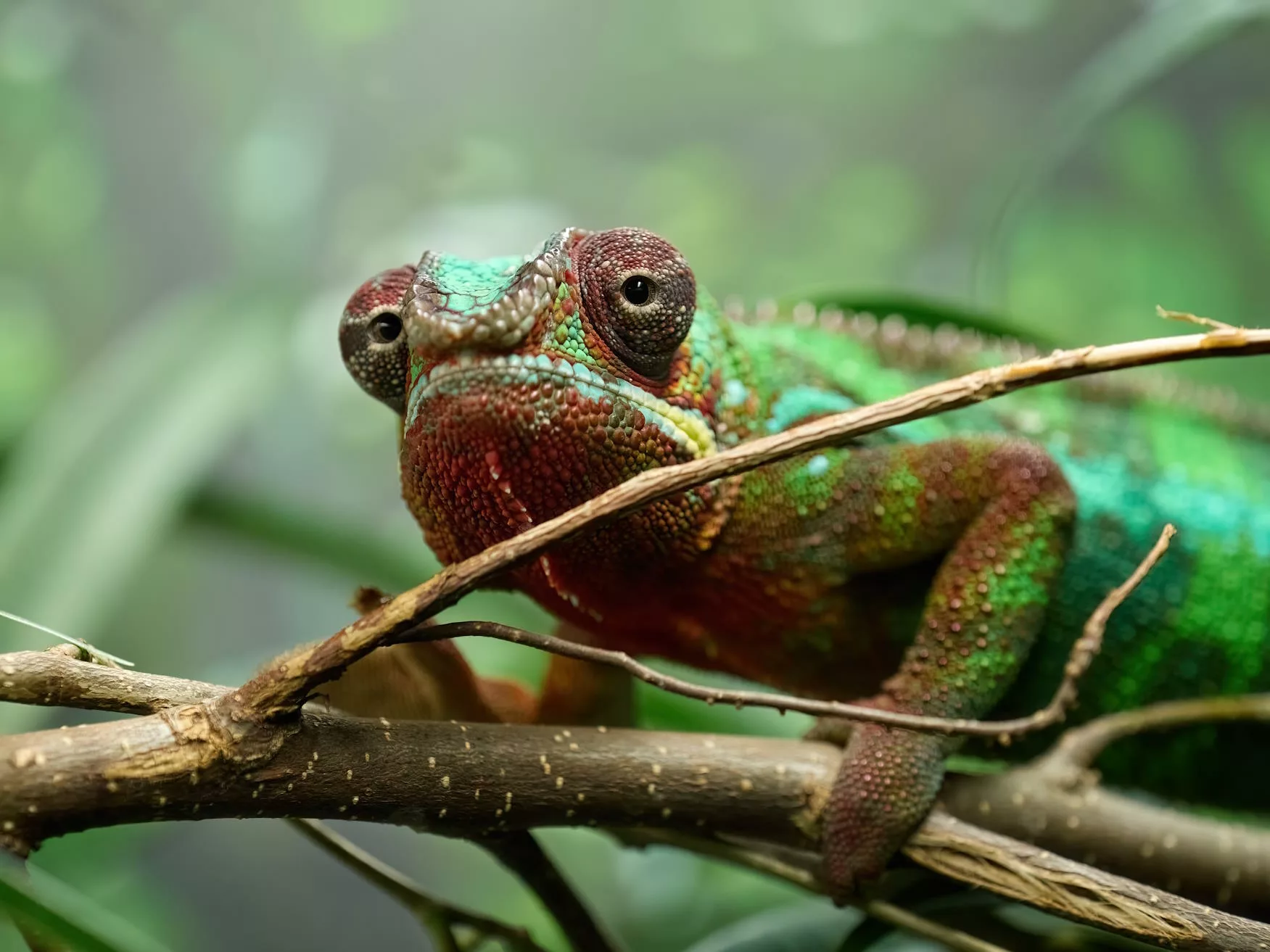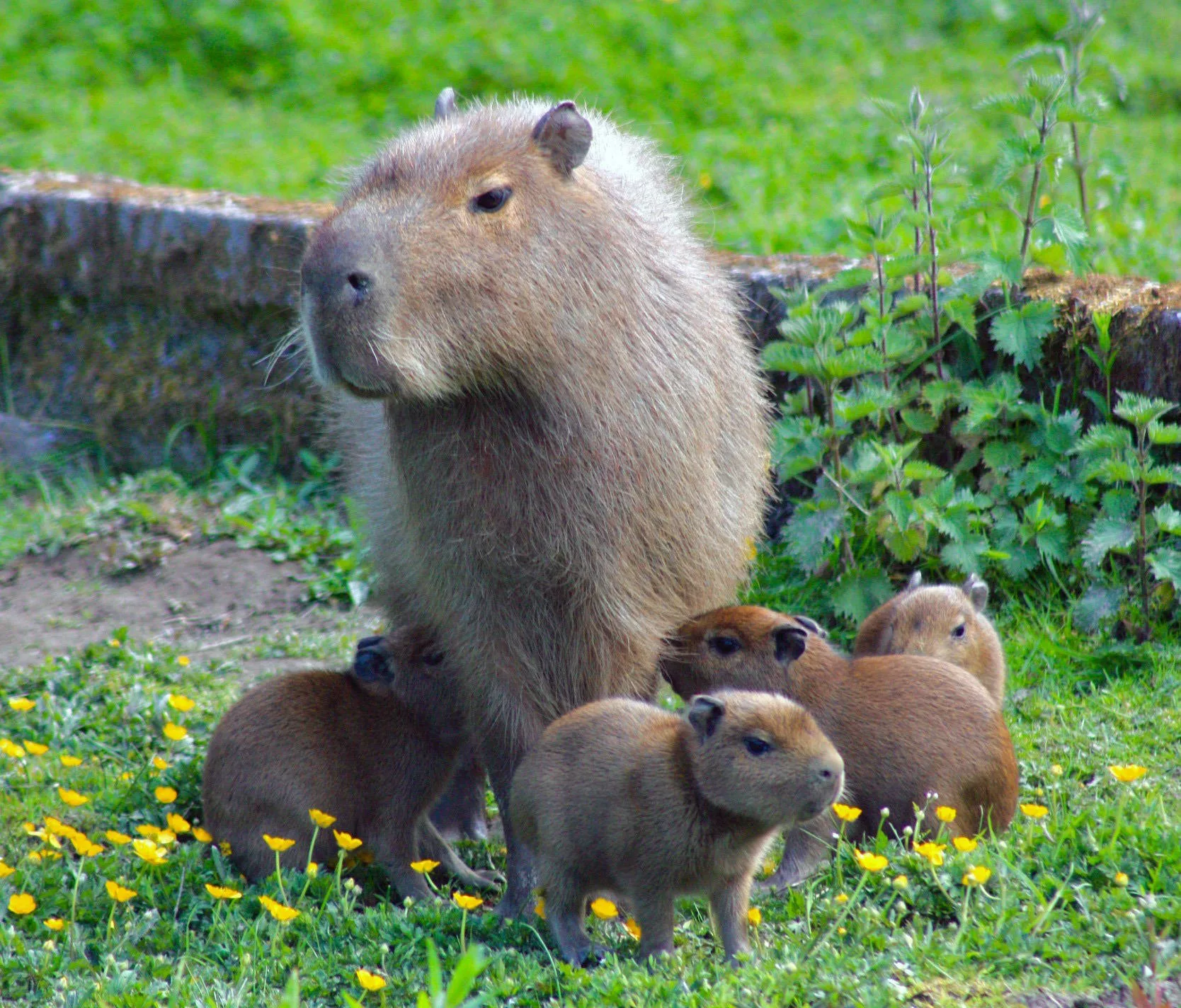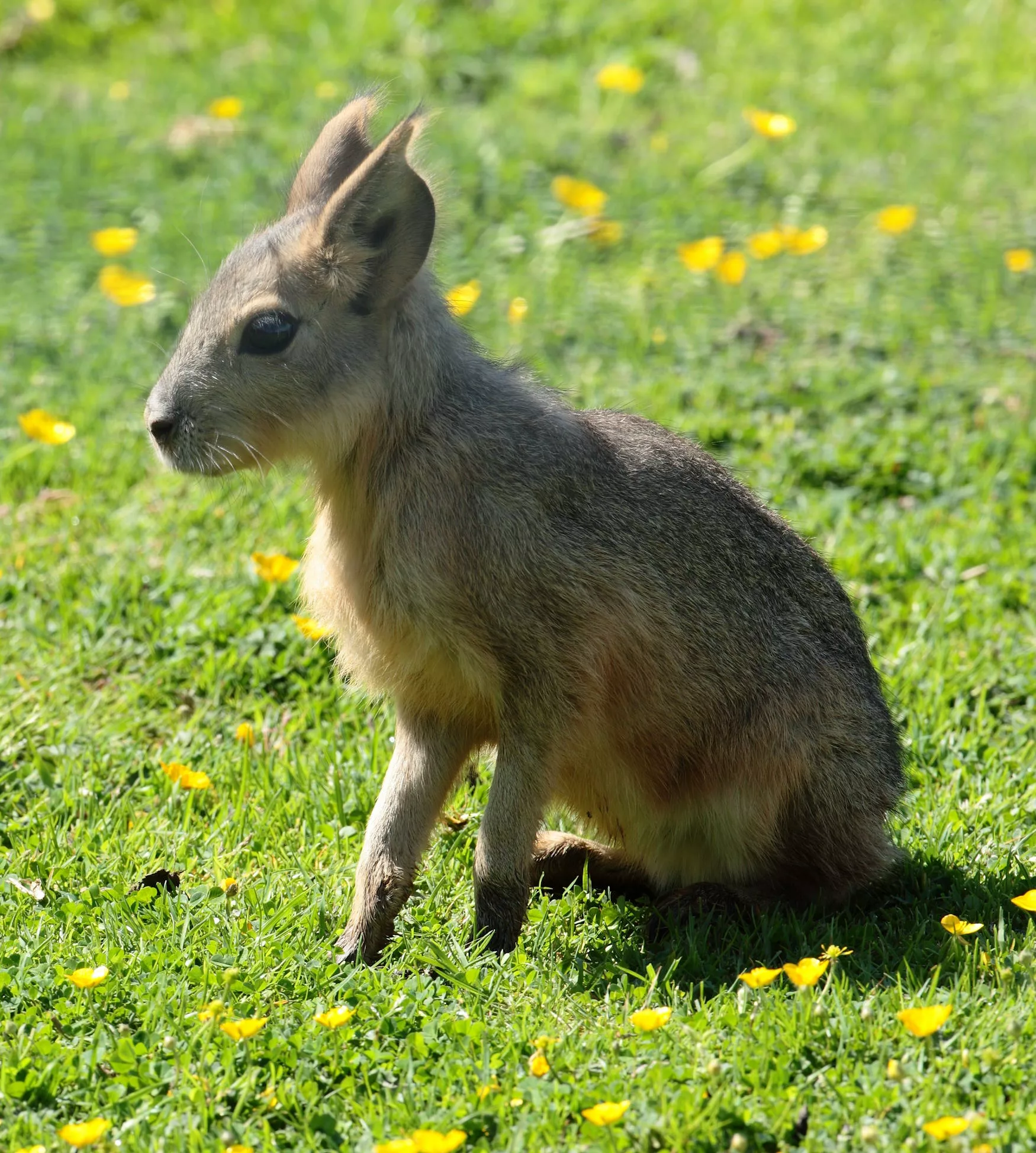
Knight Anole
Scientific name: Anolis equestris
IUCN listed as: Least Concern
Learn before you visit!
Here are some facts about the species – Discover what they eat, find out about their natural habitat, see what they like to do, and more… Set the reading style to suit you too, everyday speak or something aimed towards children.
Child-friendly
Everyday
Diet
Cuban knight anoles are primarily insectivorous, feeding on insects such as crickets, cockroaches, and moths. They may also consume fruits and occasionally small vertebrates, including other anoles. In captivity, their diet is supplemented with mealworms and smaller lizards.
Cuban knight anoles love to munch on insects like crickets and cockroaches. They also snack on fruits and sometimes even small lizards. In zoos, they get special treats like mealworms to keep them healthy.
Breeding
Breeding occurs during the warmer months, with males displaying vibrant colours and extending their dewlaps to attract females. Females lay eggs in concealed locations, such as leaf litter or under bark. The hatchlings are independent from birth, foraging and defending territories on their own.
When it’s warm, male knight anoles show off their bright colours and big throat flaps to impress the ladies. Females lay eggs in hidden spots like under leaves. Baby anoles hatch ready to explore and live on their own.
Habitat
Native to Cuba, these anoles inhabit forests, mangroves, savannas, and gardens. They are arboreal, residing in trees and shrubs, but will descend to the ground to move between perches or for thermoregulation. In Florida, where they have been introduced, they are commonly found in urban areas with suitable vegetation.
Originally from Cuba, knight anoles live in forests, jungles, and even gardens. They love climbing trees but also come down to the ground to move around. In places like Florida, they’ve made themselves at home in people’s yards and parks.
At the zoo
Cuban knight anoles are popular in zoos and as pets due to their striking appearance. In captivity, they are housed in terrariums that mimic their natural habitats, providing climbing structures and ample foliage. They thrive in warm, humid environments with access to both UVB lighting and shaded areas.
You can see these cool lizards in many zoos, where they live in big tanks that look like their homes. They need warm and humid places with lots of plants to climb on. Zoo keepers make sure they get the right food and light to stay happy.
Behaviour
Cuban knight anoles are diurnal and highly territorial. Males engage in displays, extending their dewlaps and adopting a bipedal stance to assert dominance. They communicate through visual signals and, when threatened, may produce hissing sounds. Their strong limbs and sharp claws enable them to navigate their arboreal habitats with agility.
These lizards are awake during the day and like to show who’s boss. Males puff out their colourful throat flaps and stand tall to challenge others. They’re great climbers, using their sticky feet to scale trees and even windows.
Fun facts
- Size Matters: They are the largest anole species, reaching lengths of up to 20 inches (50 cm), including their tails.
- Colour Chameleons: While predominantly green, they can change shades to blend into their surroundings or express emotions.
- Dewlap Displays: Males possess a distinctive pinkish-white throat flap, known as a dewlap, which they extend during courtship and territorial displays.
- Sticky Grip: Their feet have specialized pads that allow them to cling to smooth surfaces, including glass.
- Invasive Invaders: Beyond their native Cuba, Cuban knight anoles have established populations in regions like Florida, where they are considered an invasive species.
- Big and Bold: They’re the giants of the anole world, growing up to 20 inches long, including their tails.
- Colour Changers: While they’re usually green, they can change colour to blend in or show how they feel.
- Fancy Throats: Male knight anoles have a cool pinkish throat flap that they show off to attract mates or scare rivals.
- Sticky Feet: Their feet are like built-in sticky pads, helping them climb smooth surfaces like glass.
- New Neighbours: Besides Cuba, they’ve moved to places like Florida, where they’re considered an invasive species.
More animals to discover at our zoo
Quick Links
Tickets & Prices
You can buy tickets for Exmoor Zoo securely online, as well as finding out more price options, discover offers, and more…
What’s on…
Exmoor Zoo hosts incredible Events all through the year. You can find out about what we’ve got in store here…
Routes & info
Like any great discovery, Exmoor Zoo can feel a little off the beaten path – but don’t worry – you can plan your journey with our recommended routes and other useful travel info.
